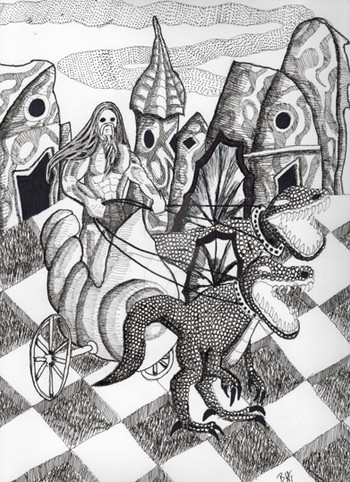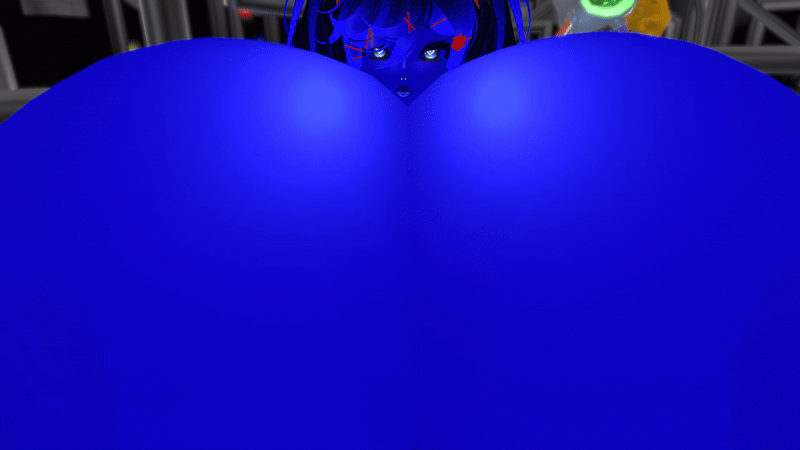HOME | DD
 Saberrex — Bruiser
by-nc-sa
Saberrex — Bruiser
by-nc-sa

Published: 2013-09-08 03:20:20 +0000 UTC; Views: 1955; Favourites: 30; Downloads: 8
Redirect to original
Description
BruiserContusiraptor
Meaning: Bruising Thief
Description: small predatory theropod
Species: C. fisheri, C. meganychus, C. keasbyi, C. johnsoni
Family: Deinonychosauria, Dromaeosaurinae
Length: 9-11 feet
Lifestyle: Hunter and scavenger
Range: North America, Africa, Eurasia
Distinguishing features: This is one of the dullest colored and heavily built dromaeosaurs. A full grown adult has brown feathers and a red vulture like head that has yellow crests above and before its eyes. It is unusual in that it is more of a scavenger than its kin, roaming the grasslands in search of carcasses as well as live prey. Bruisers live in large packs of up to twenty consisting of monogamous pairs, building their nests among those of large pterosaurs such as Aguiladactylus, serving as look-outs for the flying giants with their powerful sense of smell in exchange for being able to nest among them for safety. Many pairs of bruisers can be found in pterosaur rookeries as they can nest in safety here; other predators cannot come close without getting pecked to death by angry giants trying to defend their nests. Bruisers lay eggs of their own in nests made of vegetation in clutches of up to twelve. The young are covered in white down that turns brown when they are four months old. The adults look after their young until they are about three years old. Bruisers live for about twenty-five years maximum though this is rare.
Habits and Habitat: Inhabitants of the forests, scrubland, and grassland, pairs of these raptors can be found searching the grasslands for anything edible. They will feed on anything they can find be it bones, rotten meat, or dead animals. They are also formidable hunters, chasing down prey that can range in size from hypsilophodonts to hadrosaurs and ceratopsians. It brings all of these down with slashes to the sides and belly. The highest-ranking animals eat first. Like many species, they can be seen at seasonal salmon and ammonite runs, feeding by swiping their victims out of the water and then crushing them in their jaws. They often compete with Crunchers at kill sites.
Related content
Comments: 4

Do its claws have serrated edges to slice up meat? Because otherwise it would have probably downsized its sickle claws.
👍: 0 ⏩: 1

it hunts live prey by ambush as well and pinions its food with those claws.
👍: 0 ⏩: 0

I thought so too. i have an old drawing of a pack of Bruisers, some Cruncher tyrannosaurs, and a few oviraptors fighting over a ceratopsian corpse and devouring it.
👍: 0 ⏩: 0


























